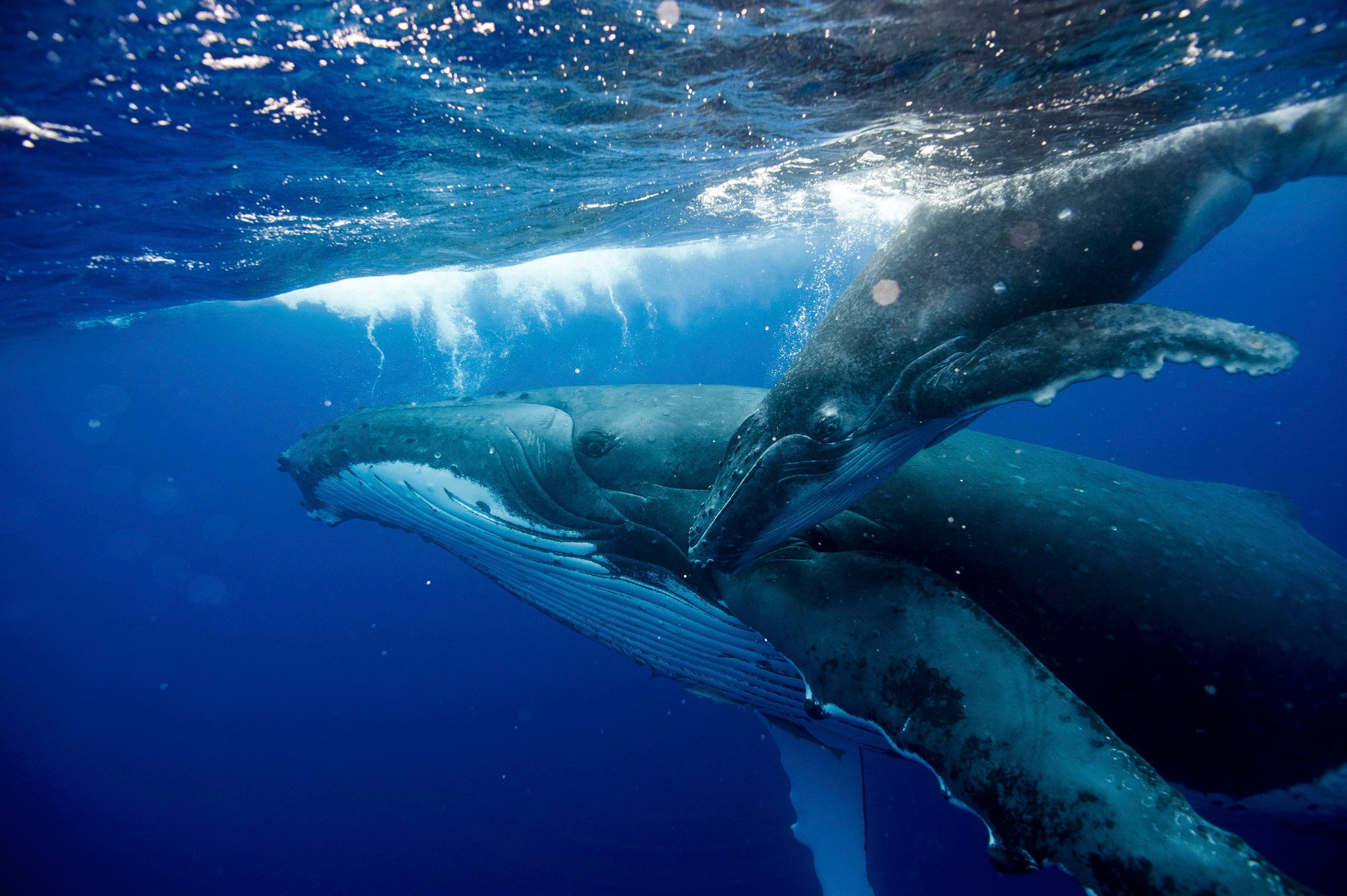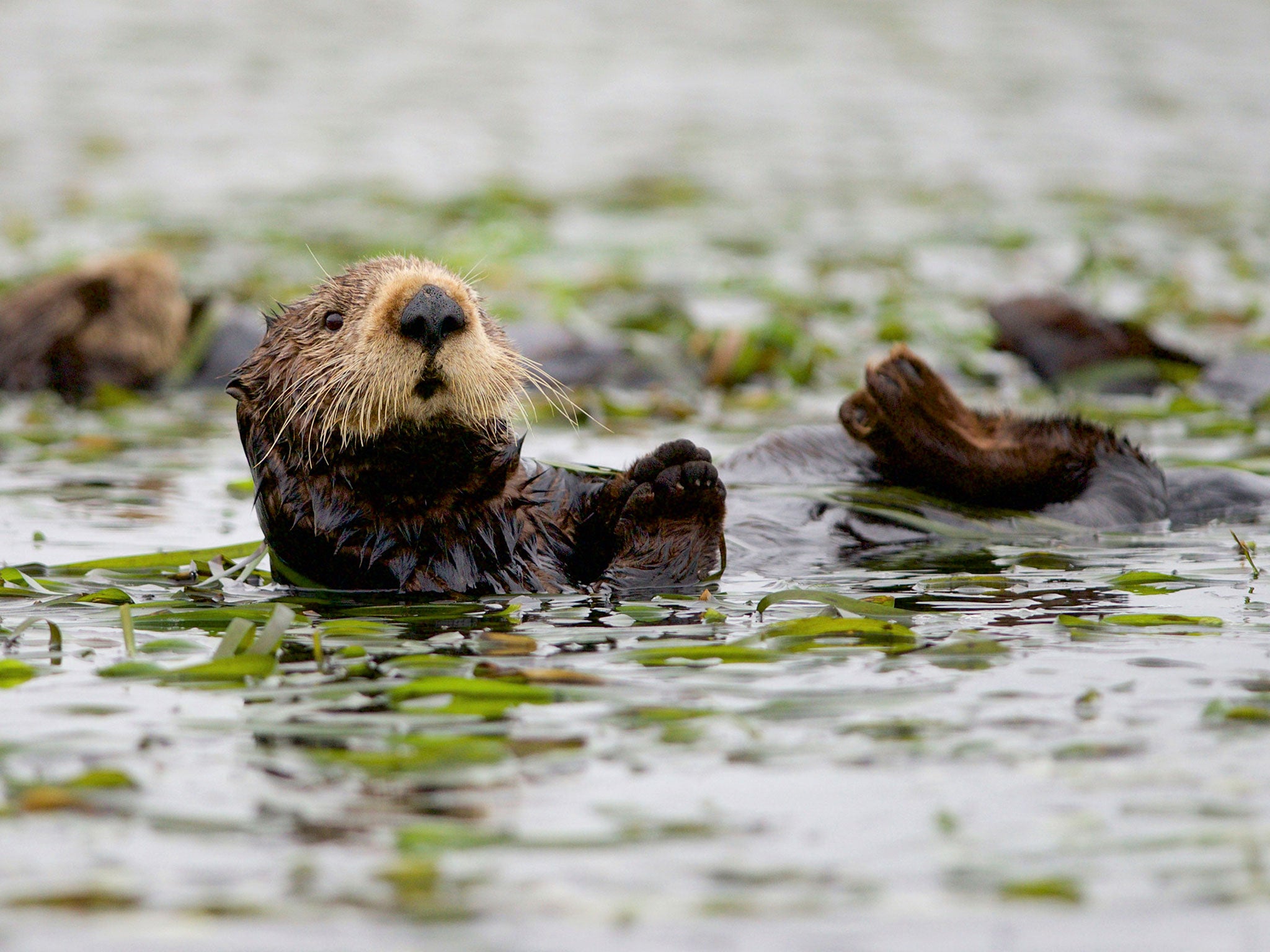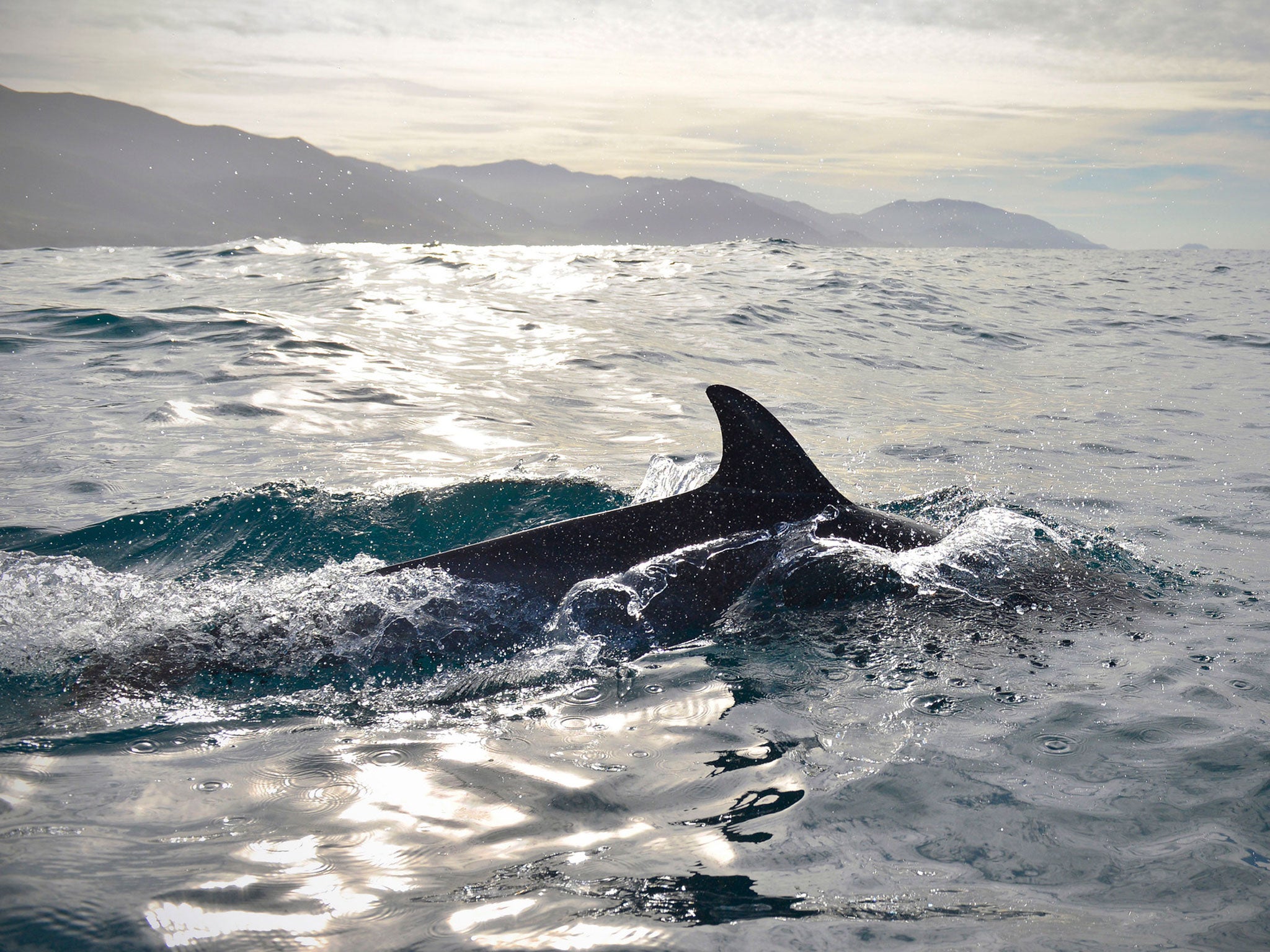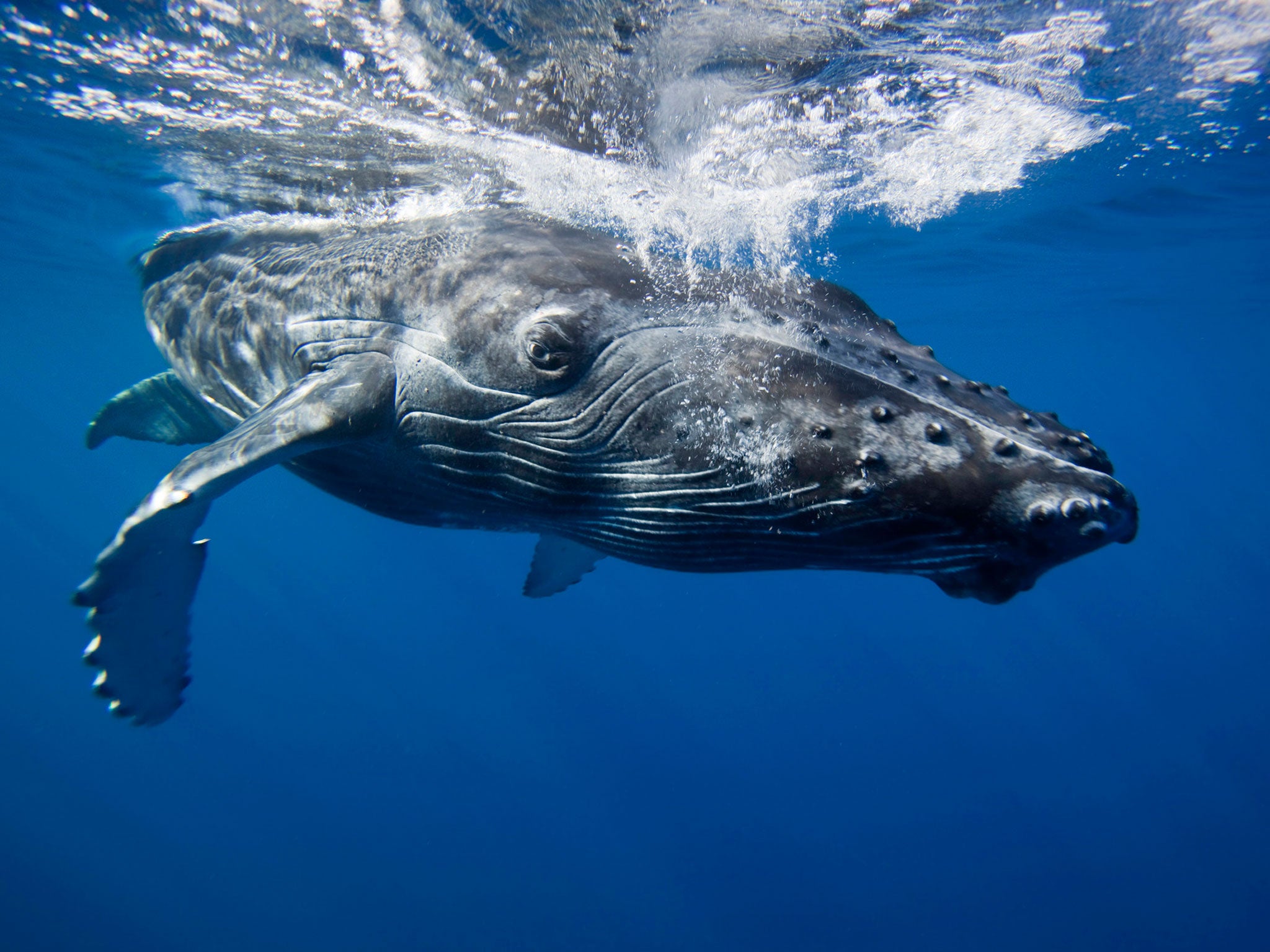Big Blue Live: BBC's Springwatch offshoot swaps back gardens for California's Monterey Bay
The crew is preparing for the first of three episodes on Sunday night, filming from boats, planes and an aquarium studio, as Simon Usborne reports

Your support helps us to tell the story
From reproductive rights to climate change to Big Tech, The Independent is on the ground when the story is developing. Whether it's investigating the financials of Elon Musk's pro-Trump PAC or producing our latest documentary, 'The A Word', which shines a light on the American women fighting for reproductive rights, we know how important it is to parse out the facts from the messaging.
At such a critical moment in US history, we need reporters on the ground. Your donation allows us to keep sending journalists to speak to both sides of the story.
The Independent is trusted by Americans across the entire political spectrum. And unlike many other quality news outlets, we choose not to lock Americans out of our reporting and analysis with paywalls. We believe quality journalism should be available to everyone, paid for by those who can afford it.
Your support makes all the difference.For the telly folk who work in a small but growing genre, the dream is to find the next Spineless Simon. The male stickleback, one of the countless "tiddlers" that swim about British waterways and lay nests in riverbeds, was the little fishy star of the latest series of Springwatch, the BBC's wildly popular live nature series.
"We never know who our heroes are going to be but this was unexpected," says Tim Scoones, the executive producer of all the "Watch" series. "Poor Spineless Si was the wrong colour and could never get the females. We needed a contrasting character, and got Frisky Phil.
"But then he got eaten by an otter and Spineless Si got a hormone burst, changed colour and nailed it. In the dying minutes of the last show, he revealed little baby fish."
Ten years since Bill Oddie and Kate Humble launched Springwatch, Scoones and his team have been inviting animals to improvise the shows' scripts, which become pure soap opera when things go well.

Springwatch quickly spawned Autumnwatch, Winterwatch – more than 25 series of live shows that use big crews, webcams and social media to engage and educate an audience with an apparently unlimited appetite.
Now the "Watch" team, part of the BBC's Natural History Unit, is swapping the flowerbeds, streams and moors of Britain for an ambitious new stage: the 25 mile-wide Monterey Bay in California. As they prepare for the first of three episodes of Big Blue Live on Sunday night (not calling it "Baywatch" is surely a missed opportunity), filming from boats, planes and an aquarium studio, the crew is hoping to find some really big characters.
"The holy grail of this gig is the blue whale," Scoones says from California, where he has joined presenters Matt Baker, Liz Bonnin, Steve Backshall and Hugh Fearnley-Whittingstall, who won't be cooking anything. "Even before it was pushed towards extinction, it was the most enigmatic animal, the biggest that ever lived. Now it's coming back."

Failing a blue whale sighting, which would be the first to be recorded live, sea otters and their pups are the animals most likely to provide stickleback-style drama. They are already the heroes of the bay, having played the most important role in its dramatic revival.
"The otters eat the sea urchins, which keeps their numbers down, which means kelp can grow," explains Adam White, a zoologist and the producer of Big Blue Live. "And the kelp is the underwater rainforest out there."
Killer, humpback and blue whales are just the biggest players in an enormous gathering of Pacific wildlife that for decades never happened thanks to hunting and overfishing. Now the animals, many of whom have survived near-extinction, are back in force for their annual feeding mission.
"It's one of the greatest conservation success stories in the world," White adds. "And it's inspirational – because if you can make conservation work between two of the world's largest cities, it shows that you can do it anywhere."

The other success story is the "Watch" format. Its popularity in Britain has, belatedly, lured the megafauna of American television. PBS, the BBC's closest equivalent there, has part-funded and produced the project and will also broadcast its own shows, the first time it has done live nature programming. Scoones believes the popularity of the approach, which complements the glossy Attenborough numbers his colleagues are famous for, is a reaction to the nature of modern television.
"Now so much is on demand, it's nice to have something live and unpredictable," he says. "And thanks to social media and other ways we communicate with people, it's also something you can be part of. It's not just broadcasting anymore, it starts conversations." On Springwatch, interaction means counting caterpillars in the garden. But Scoones hopes the majesty of Monterey will overcome its relative remove. "Right now great white sharks are filling the bay," he says. "Maybe they will become big characters."
Presenter Steve Backshall will spend the first episode on a boat looking for humpback whales. How does he rate the chances of a blue whale sighting? "I've filmed them several times before, including underwater, and they're tricky," he says. "They move fast and don't hang around on the surface. But if we do – and we'll try everything – it will be such a big triumph."
Join our commenting forum
Join thought-provoking conversations, follow other Independent readers and see their replies
Comments